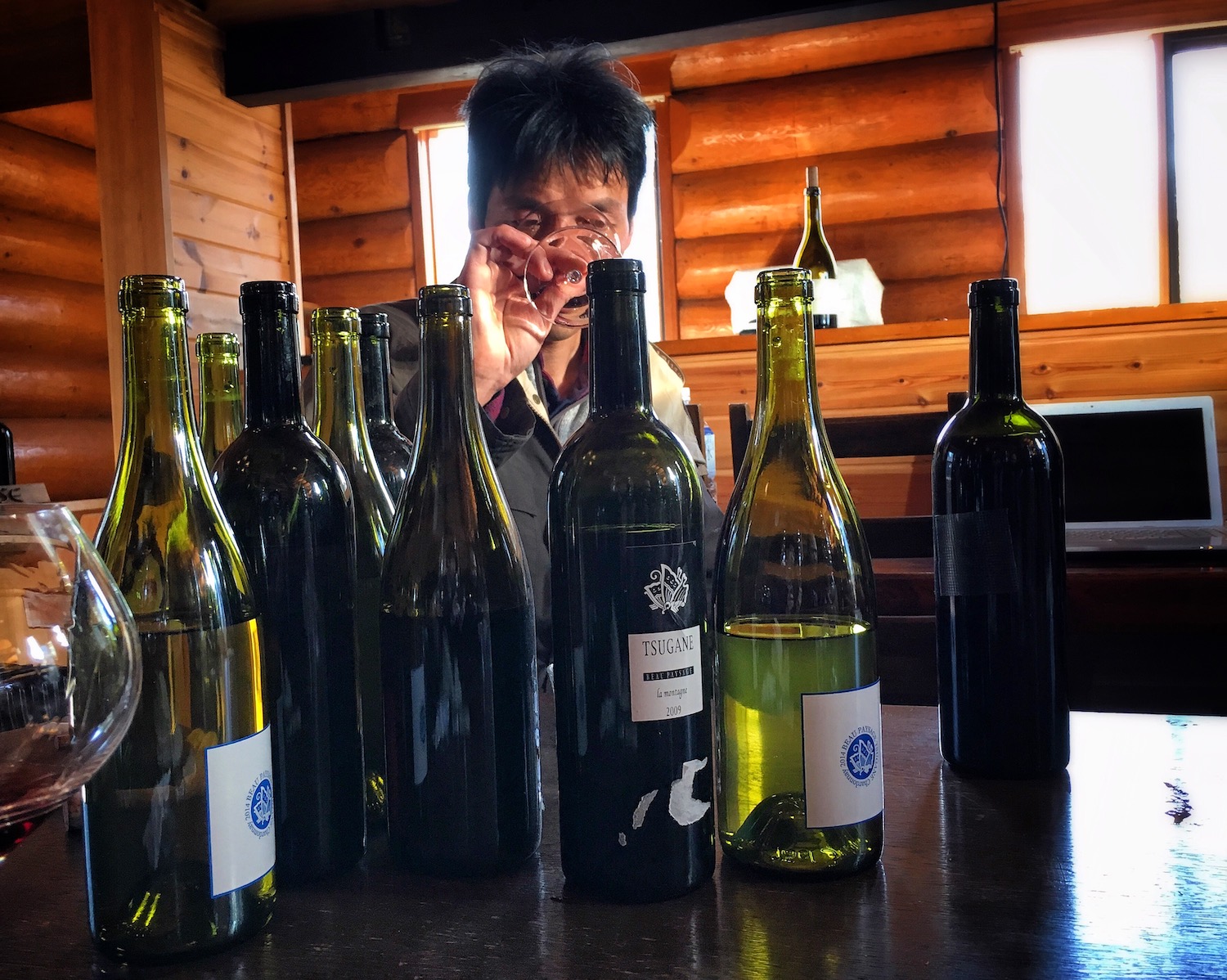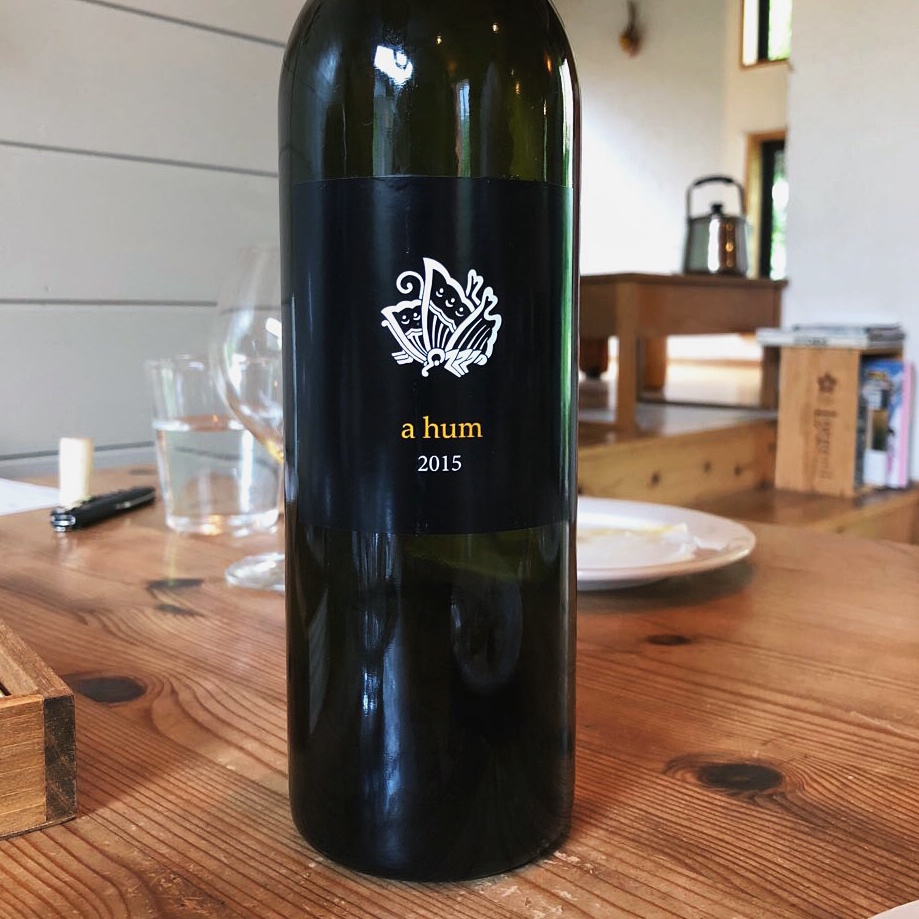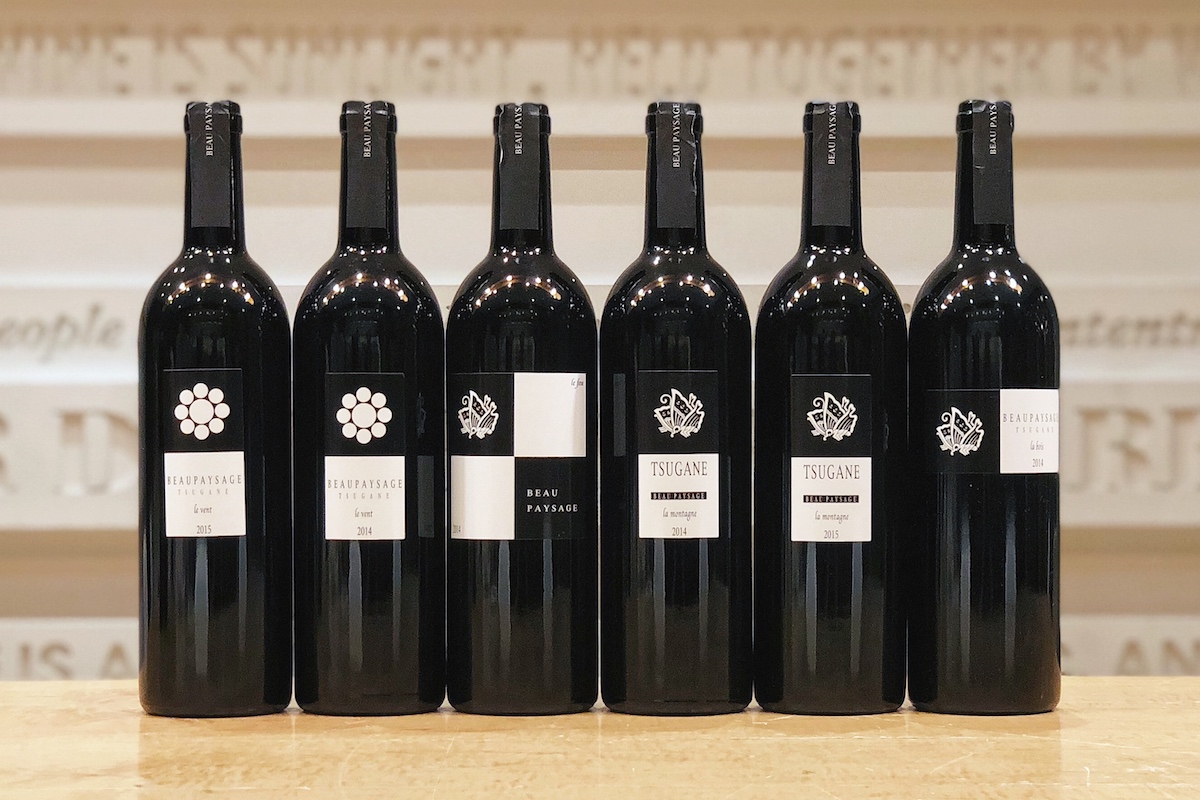| The latest releases from beloved unicorn Beau Paysage are offered today on an allocation basis. Request for allocation closes on Friday 18 September 2020. Don’t miss this very special opportunity. Special terms and conditions apply. | |
| View online | |
| ALLOCATION OFFER |
| Request submission closes Friday 18 September 2020 |
| Beau Paysage |
| The Tsugane 2018 series + special A hum releases |
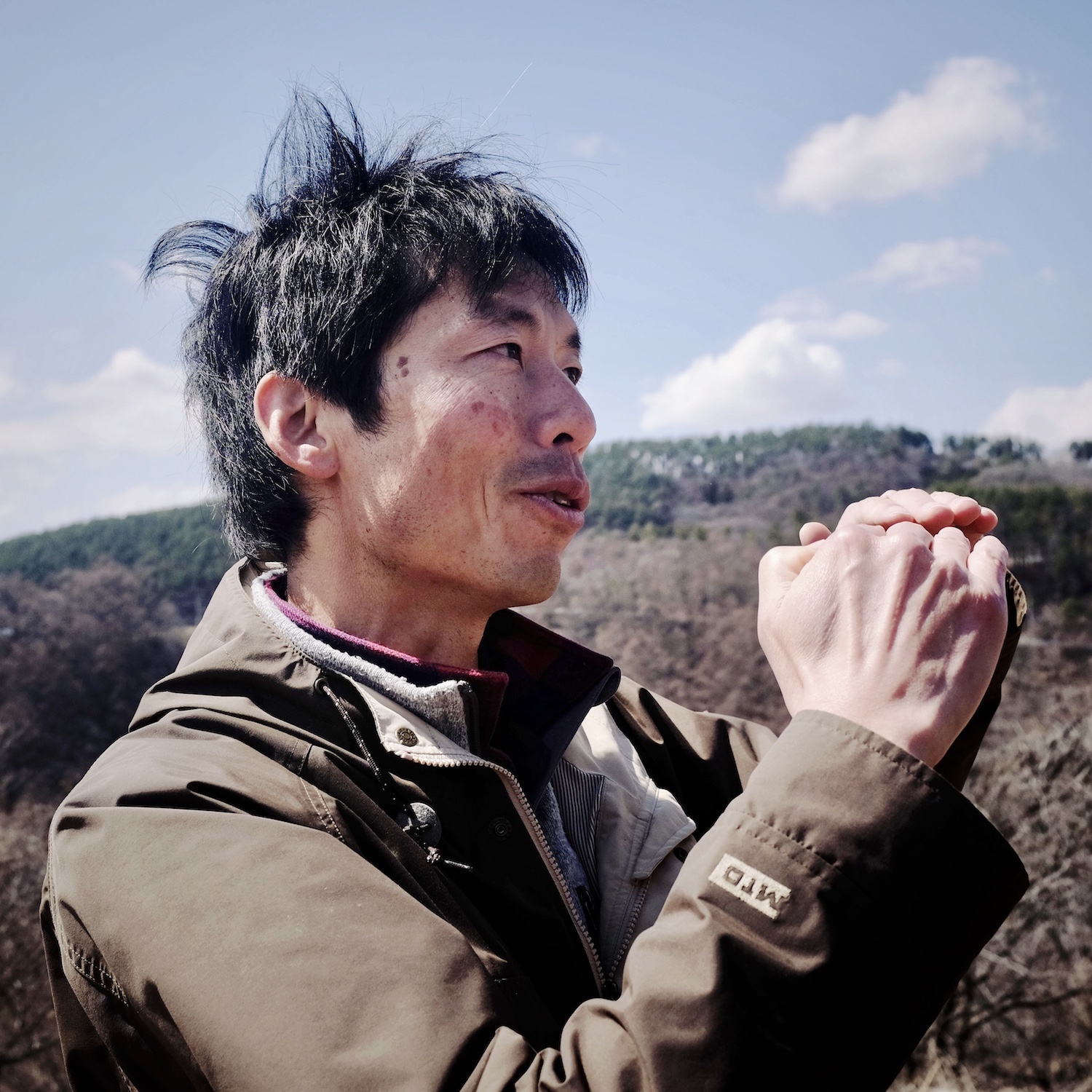 Eishi Okamoto of Beau Paysage |
| . .
winemaker Eishi Okamoto farms 3 hectares of French
varieties and produces wines of elegance that will
stir something inside you, even if there are no
tectonic plates moving below when you try them. His
label is called Beau Paysage. — Rachel Signer Should you ever be lucky enough to get your hands on a bottle of wine from Beau Paysage — the cult producer in Yamanashi Prefecture, whose coveted cuvees sell out within hours of release — look at the back label. On it, you’ll find a message from winemaker Eishi Okamoto, earnestly delivered in Japanese and English: “A glass of wine can change the world.” — Melinda Joe, Japan Times |
|
| Emotion. |
It is a simple word, but also an undefinable attribute when ascribed to wine.
The most sought-after wines in the world do not rely on measurable qualities to win the hearts of their admirers; their price bears no direct relation to technical merits. A wine becomes desirable simply when it does this: when it affects you.
Eishi Okamoto instinctively understands this, not because he wants fame or acclaim, but just as a matter of fact. To this man, winegrowing is a channel for his art, and heart. He makes wines with emotion, and in turn makes emotional wines.
| Tsugane, Yamanashi. |
A wine made from grapes harvested on this same mountain — at an altitude of 700 metres — captured his imagination over twenty years ago. The wine was an elegant Cabernet Sauvignon, more exquisite than anything he had experienced up till then from Yamanashi, or even from Japan, for that matter.
Eishi was a vineyard hand then, a young man who had found his calling to a life bound to the soil. There and then, he was inspired to make his own wine, seeing an improbable hope peering from the glass in front of him, knowing only that he wanted to make his better. He contemplated, and decided that he had to climb higher.
But at 800 metres elevation, on loose volcanic soil frequently plagued by rains, his colleagues told him it would be impossible for any vitis vinifera to ripen properly. Yet this heroic young man persisted, unfazed by imminent adversity and low odds of success.
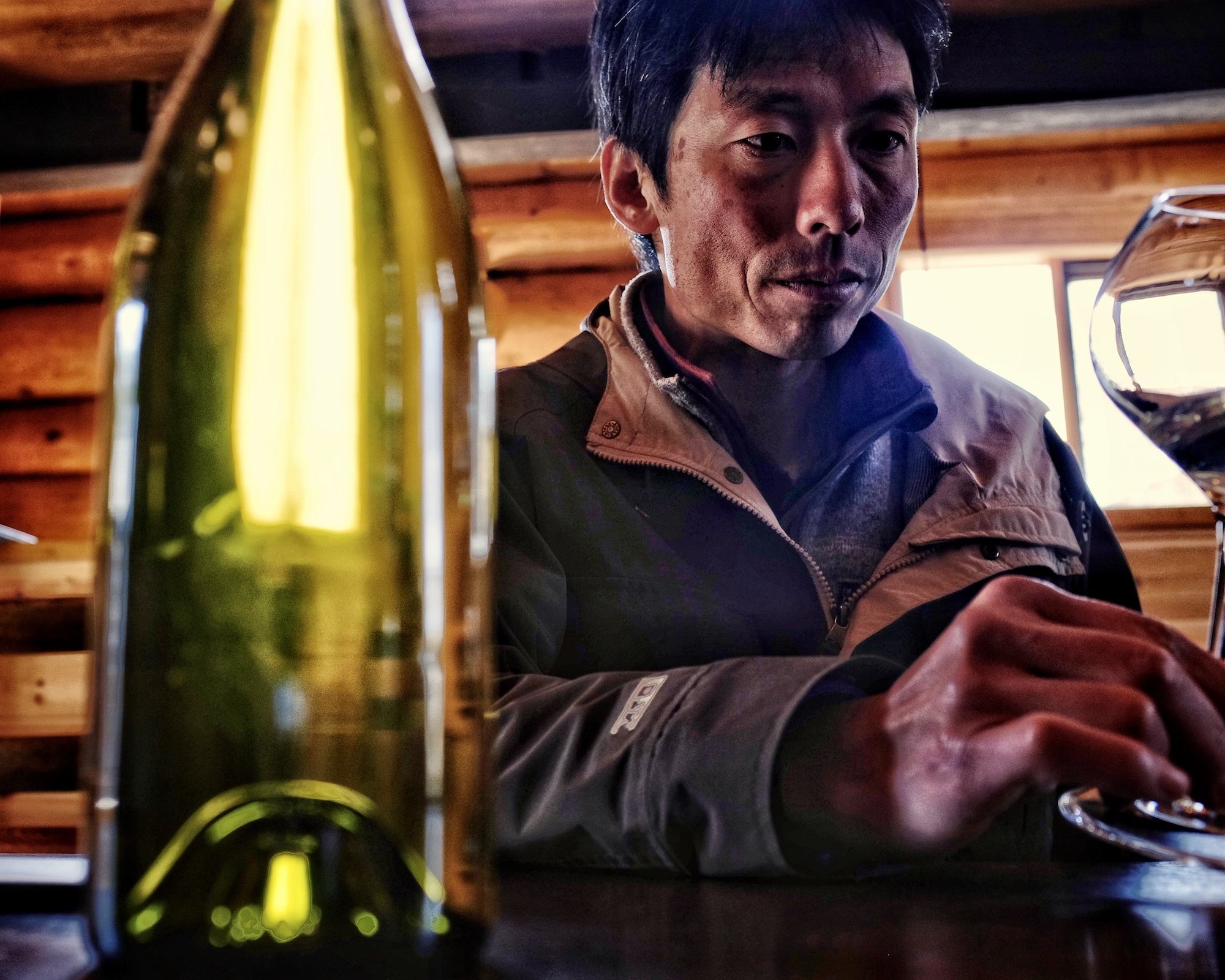
Vitis vinifera is a strange being. It can grow in many places but for it to become an interesting wine, it needs to be challenged and trained. It calls for a little risk-taking. Marginal location, poor soil, and spontaneous fermentation are some of the not-so-intuitive ingredients to birth a wine of consequence. Eishi’s heart understood these truths.
At this point, one would correctly guess that Eishi would eschew most of the safety nets others would apply in their winemaking process. This is not to say that he was looking for danger, but he had accepted that life as a wine-grower would not be a trouble-free life — and thus, he resolved to raise his vines to overcome their struggles. He wanted to make wines born with real character. And for nearly 20 years now, he has more than succeeded.
Eishi grows Chenin Blanc, Chardonnay, Sauvignon Blanc, Pinot Gris, Pinot Blanc, Pinot Noir, Cabernet Sauvignon, Cabernet Franc, Petit Verdot and Merlot. The vineyards cover 3 hectares of land. Throughout his career he has planted, uprooted and replaced vines in seeking out which variety works best on different plots. His vineyards are not contiguous and he adjusts his planting choices depending on topographic features. He has moved away from the high-density planting favoured by the French because Japanese summers bring high humidity, and tight vine spaces trap moisture which makes the vines susceptible to diseases. To create greater biodiversity and sustainability, he also farms apples and chestnuts.
Eishi Okamoto, like his vines, is a quiet overcomer and a resolute fighter. He has lost harvests, swallowed criticisms for his “unusual” wines and still produces every single bottle by hand today, unwilling to go beyond his current size to gain a more reasonable income.
Modest and contemplative, Eishi is an organic thinker and in no other personality that we know, do we see the true meaning of a steward of the land with such straightforward clarity. He has an air of tranquility about him. He always speaks succinctly, but warms up quickly to topics he feels deeply for: wine and music. He is a gentle soul, and that is exactly how his wines express themselves: delicate, soft, translucent yet lucid in aromatics, flavour and texture.
Beau Paysage, meaning “beautiful landscape”, has been around for almost two decades now. The winery’s reputation is unsurpassed in Japan and its fame has even reached other parts of the world despite not being exported. Eishi releases just about 10,000 bottles a year that automatically sell out prior to release as they are offered to only a select group of clientele. His wines are impossible to find in retail stores as they are all pre-allocated to the best natural wine bars and restaurants in Japan.
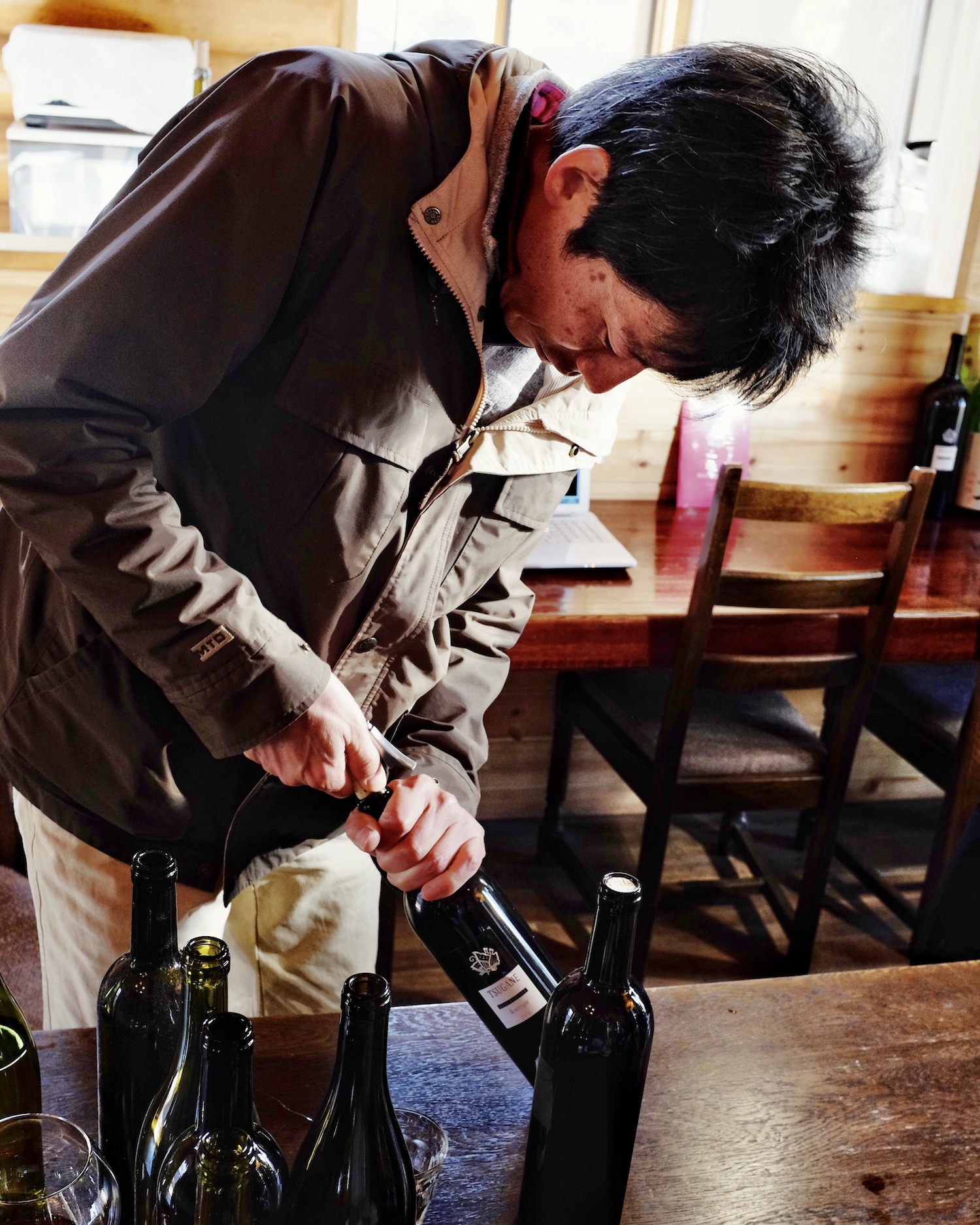
When Eishi tastes his wines, one can see how appreciative he is of them — products born out of adversity, as true and tranquil as nature has intended. You can see that he is grateful for what little he can produce. You can feel: emotion.
We are moved by his wines at each rare opportunity we
get to taste them. Beau Paysage wines exude the
personality of their maker and the life force of their
environment. With the passing of the years, our
fascination has only intensified. The wines are ever so
beautiful and serene. They are endlessly and inexplicably
alluring.
Our relationship with Eishi has also deepened over time. In the same way as when we had the special “hunch” about his wines and decided to take a punt to pay him a visit, we are eternally grateful that he reciprocated by entrusting us with his first export distribution.
|
|
A growing season like that of the 2018 vintage had
sufficient variations in weather patterns for Eishi to
craft a different take on some of his mainstay cuvées.
This allocation marks the first appearance of the Trance
series of wines for two cuvées, La Montagne (merlot) and
Le Bois (cabernet franc). Eishi explained that there was a
significant change in the climate during the last month
prior to harvest, and these two varieties responded
differently enough in specific sub-plots that these
expressions merited their own bottlings.
If you are interested in receiving an allocation, please state the quantities of the wines you desire by replying to us by the close of business on 18 September 2020. We will notify you of the final allocation within three working days after this date, after which the final acceptance of allocation will have to be paid in full strictly per the timeline stated below.
Please read the Allocation Process as well as Terms and Conditions sections below carefully or enquire with us should you need further clarification.
The wines will leave the winery in October, and will travel here in a temperature-controlled container. We anticipate that they will reach our shores in November, subject to the shipper’s final schedule.
| Allocation
Process |
|
This offer follows an allocation process which differs from the usual first-come-first-served ordering process. So, how should you order? All of the Domaine’s wines are allocated. We suggest that you simply order what you would ideally like to receive. We strongly prefer orders in a balanced proportion across several wines. The quantities we receive vary from wine to wine and because of the Domaine’s minuscule size, they are all extremely limited. Regardless, we endeavour to distribute the wines as fairly as possible. However, priority will be given to the estate’s and Artisan Cellars’ most supportive clients. We will consolidate all order requests within the week so may we please have your order by Friday 18 September 2020. To place your order request, simply reply to this offer with an email addressed to sales@artisan-cellars.com. Final allocations will be completed and emailed to you by no later than Wednesday 23 September 2020 with an attached invoice. May we please request that invoices are paid in full by 1 October 2020. Do understand that we reserve the right to re-allocate your order to other customers on the waiting list if payment is not received by this date. |
| - THE WINES
ARE OFFERED ON ALLOCATION and PRE-ARRIVAL BASIS - ALL ALLOCATION REQUESTS MUST BE RECEIVED BY 18 September 2020 - PLEASE READ OUR FULL TERMS AND CONDITIONS OF SALE BELOW - SUBJECT TO FINAL WRITTEN CONFIRMATIOn ** LABELS / PHOTOS MAY NOT INDICATE ACTUAL VINTAGE ** |
|
||||
|
||||
|
|
||||
|
||||
|
|
|||||
|
|||||
|
|||||
|
|||||
|
|||||
|
|||||
|
|||||
|
TERMS
& CONDITIONS
|
ARTISAN CELLARS SEPTEMBER
2020 WINE LIST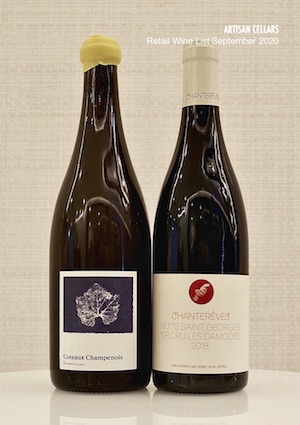 This list outlines a
compilation of artisanal wines that we carry. We
take pride in the sourcing and provenance of our
wines, from the most affordable to the higher ends.
As importers, most of our wines come direct from the
estates. We are proud to work with the most
respected growers from every wine region, each of
them representing the very best that their
respective appellation is capable of producing. To
augment our list, we occasionally include quality
wines from only impeccable sources. Regardless of
point of origin, we are always committed to shipping
and storing them in ideal cellar conditions. Please
email us at sales@artisan-cellars.com
or call us at +65 6838 0373 to enquire about exact
availability of wines, or to find out anything you
wish to know about our wines. This list outlines a
compilation of artisanal wines that we carry. We
take pride in the sourcing and provenance of our
wines, from the most affordable to the higher ends.
As importers, most of our wines come direct from the
estates. We are proud to work with the most
respected growers from every wine region, each of
them representing the very best that their
respective appellation is capable of producing. To
augment our list, we occasionally include quality
wines from only impeccable sources. Regardless of
point of origin, we are always committed to shipping
and storing them in ideal cellar conditions. Please
email us at sales@artisan-cellars.com
or call us at +65 6838 0373 to enquire about exact
availability of wines, or to find out anything you
wish to know about our wines. |
390 Orchard Road B1-01 Palais Renaissance Singapore 238871 t +65 6838 0373 f +65 6836 0036 e sales@artisan-cellars.com w www.artisan-cellars.com |
 |
